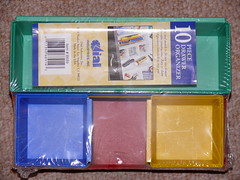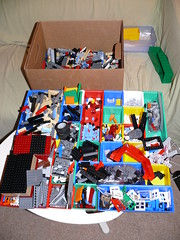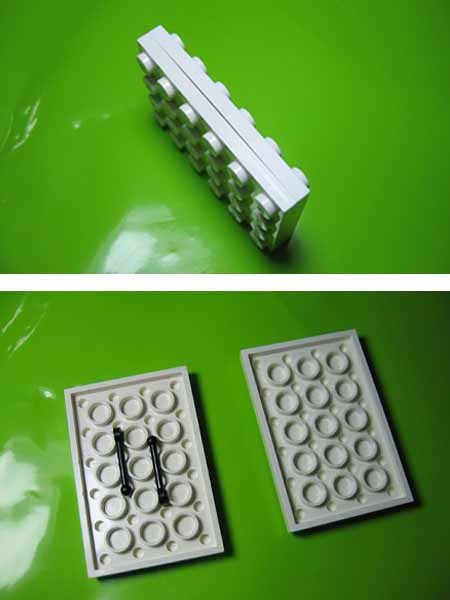I’ve been using my Flickr account exclusively for LEGO photos as well as other things, like pictures from Earthquakes soccer games or various scenic shots I may take from time to time. 
![]() I always tag my LEGO pictures with the lego tag though. I stopped using Brickshelf in 2006 when Kevin Loch suddenly shut it down. At that time I uploaded my back catalog of LEGO photos to Flickr and updated links in all the blog entries… what a chore that was! Then he said it would stay up after all, but I was so miffed I didn’t go back.
I always tag my LEGO pictures with the lego tag though. I stopped using Brickshelf in 2006 when Kevin Loch suddenly shut it down. At that time I uploaded my back catalog of LEGO photos to Flickr and updated links in all the blog entries… what a chore that was! Then he said it would stay up after all, but I was so miffed I didn’t go back.
But I recently realized that a lot of people are still using Brickshelf. So, I’ve started uploading my pictures there too. I’m working my way backward in time through the blog, uploading all the photos to my Brickshelf account that are only on Flickr. I’m not planning on posting any links to the Brickshelf pics, but in case anyone finds me through that outlet, they’ll not miss what I’ve been doing. I am putting a ‘readme.txt’ in every folder I add, which has links to the corresponding Flickr page and blog entry.
How do you do your image hosting?



 The obvious way to connect two LEGO pieces is by putting the studs of one into the underside of another. But there are other ways. For example you can use a right-angle bracket to connect bricks at a 90 degree angle. For example, the headlights or taillights on most LEGO cars and trucks are often attached this way. In the AFOL (Adult Friends of LEGO) community, the term for this is SNOT (“Studs Not On Top”).
The obvious way to connect two LEGO pieces is by putting the studs of one into the underside of another. But there are other ways. For example you can use a right-angle bracket to connect bricks at a 90 degree angle. For example, the headlights or taillights on most LEGO cars and trucks are often attached this way. In the AFOL (Adult Friends of LEGO) community, the term for this is SNOT (“Studs Not On Top”).